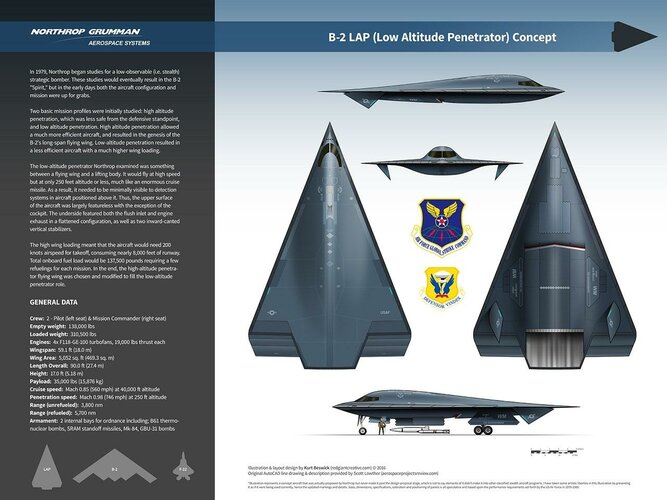What happens if the USN A-12 Avenger enters service and how might that come about?
Could this require a different design?
Does the USN have to change requirements?
What's the effects of having a LO Attack platform entering service in the late 90's to early 2000's?
How does this affect the CALF-JAST-JSF effort?
Or affect the F/A-18E/F Super Hornet?
If the RAF buy into this, does this affect the CVF debate?
Who else would buy into the system?
Japan?
South Korea?
Israel?
Germany?
Crazy notion but might the MN want it over the Rafale?
Could this require a different design?
Does the USN have to change requirements?
What's the effects of having a LO Attack platform entering service in the late 90's to early 2000's?
How does this affect the CALF-JAST-JSF effort?
Or affect the F/A-18E/F Super Hornet?
If the RAF buy into this, does this affect the CVF debate?
Who else would buy into the system?
Japan?
South Korea?
Israel?
Germany?
Crazy notion but might the MN want it over the Rafale?
Last edited by a moderator:




